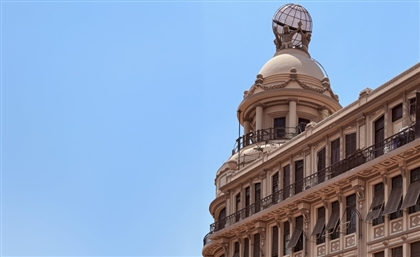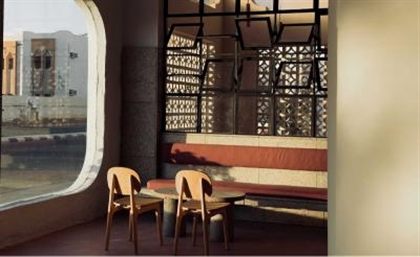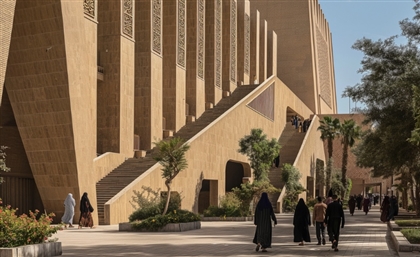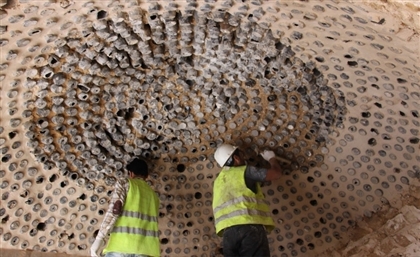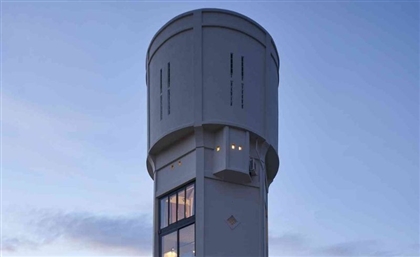Downtown Cairo: The Stories and the Stories Within
Step behind the lens of Al Ismaelia and Dar Al Shorouk’s latest photobook on the cosmopolitan city’s contemporary heritage.
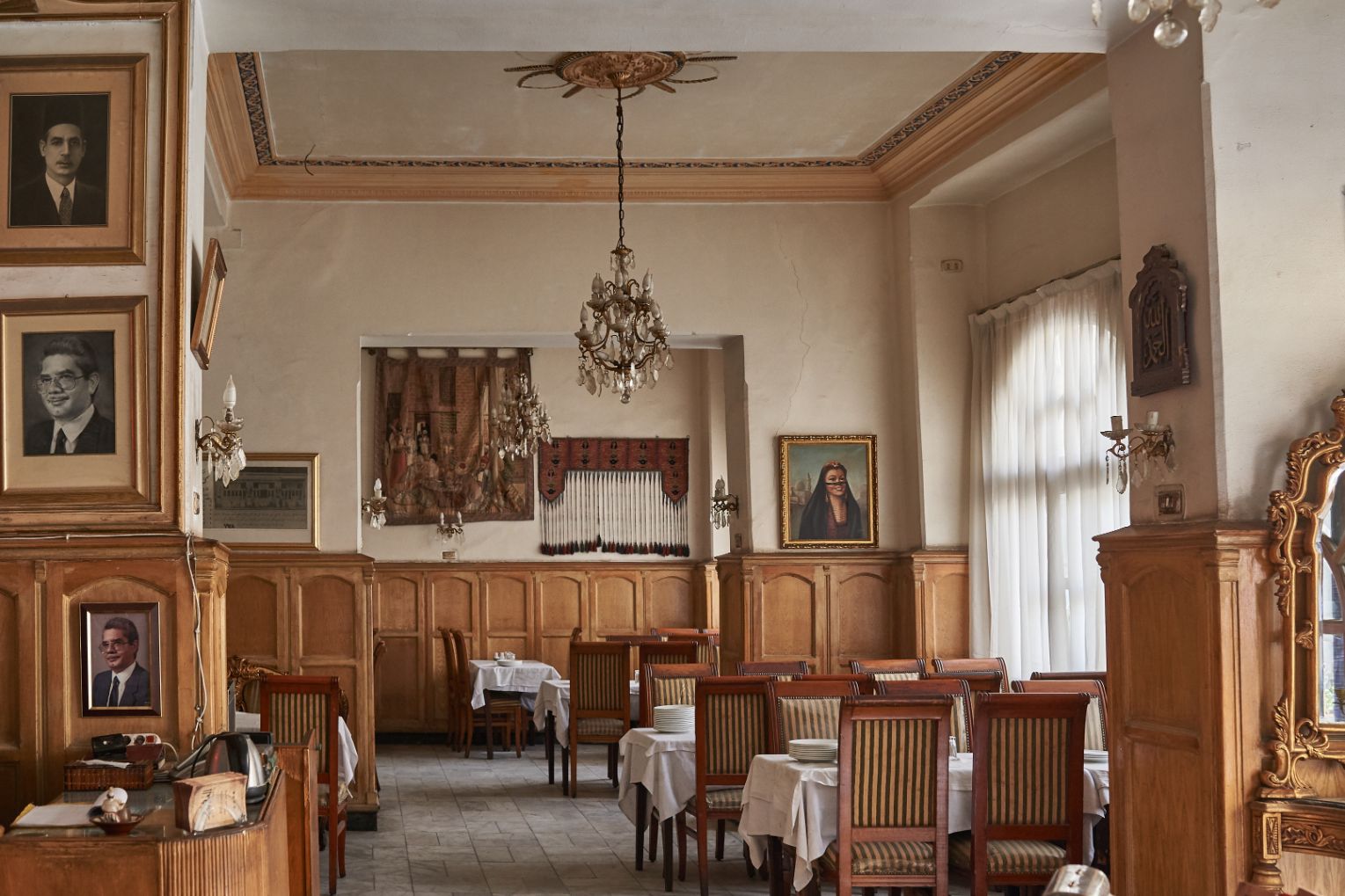
What makes a cosmopolitan city? To some it’s the boulevards and buildings and to others it’s the venues - but ultimately, it’s about diversity, and throughout its history Downtown Cairo has had as many different people roam its streets as it has architectural styles. For many generations, Downtown Cairo has been an integral part of Egypt’s collective memory, a memory which is coming back to life. In recent years Downtown Cairo has been undergoing a highly anticipated revival, drawing people from the outskirts of Cairo back to attend events and shows.
‘Downtown Cairo: The Stories and the Stories Within’ is a photobook published by Al Ismaelia and Dar Al Shorouk. It covers the contemporary heritage of the city through the eyes of renowned photographers Karim El Hayawan, Yehia El Alaily and Bilo Hussein, each focusing on a nuanced theme: its people, spaces and places, respectively. As Karim El Shafei, CEO of Al Ismaelia, explains, “We didn’t want to make it about buildings, we wanted to celebrate the intangible heritage of Downtown Cairo.”
In 2014, each photographer began relating to the city in their own way. El Hayawan opted to focus on people he refers to as ‘Guardians of Downtown’, those who chose to stay in the city when others were moving out. El Alaily wanted to highlight spaces with many layers of history; in ‘Taste of Downtown’ he captures century-old spaces and others that no longer exist, except in photographs. Meanwhile, Hussein’s ‘Downtown Cairo Broadway’ acts as an ode to the city’s nightlife glamour and passion for art.
The Intangible Heritage - Al Ismaelia
 “Personally, I believe in an urban model,” Karim El Shafei, CEO of Al Ismaelia, tells SceneHome. The real estate company is considered one of the main driving forces behind Downtown Cairo’s cosmopolitan resurgence, it restores heritage buildings and instals modern functions within them in line with a contemporary vision of Downtown Cairo. “I love Downtown Cairo for its energy, diversity and inclusivity. It’s about innovation and creativity, a representation of our modern identity.”
“Personally, I believe in an urban model,” Karim El Shafei, CEO of Al Ismaelia, tells SceneHome. The real estate company is considered one of the main driving forces behind Downtown Cairo’s cosmopolitan resurgence, it restores heritage buildings and instals modern functions within them in line with a contemporary vision of Downtown Cairo. “I love Downtown Cairo for its energy, diversity and inclusivity. It’s about innovation and creativity, a representation of our modern identity.”
Some people prefer the suburbs and others prefer the city and its urban experience. For a time, the latter barely existed in Egypt, falling out of fashion as many moved out to gated communities and towards curated experiences. That’s what Al Ismaelia set out on reviving when it started its work in 2008. “I was trying to buy a building with friends, and 50 were offered to us. We thought, why don’t we buy the buildings and take on their preservation and revival to attract people back to the city?”
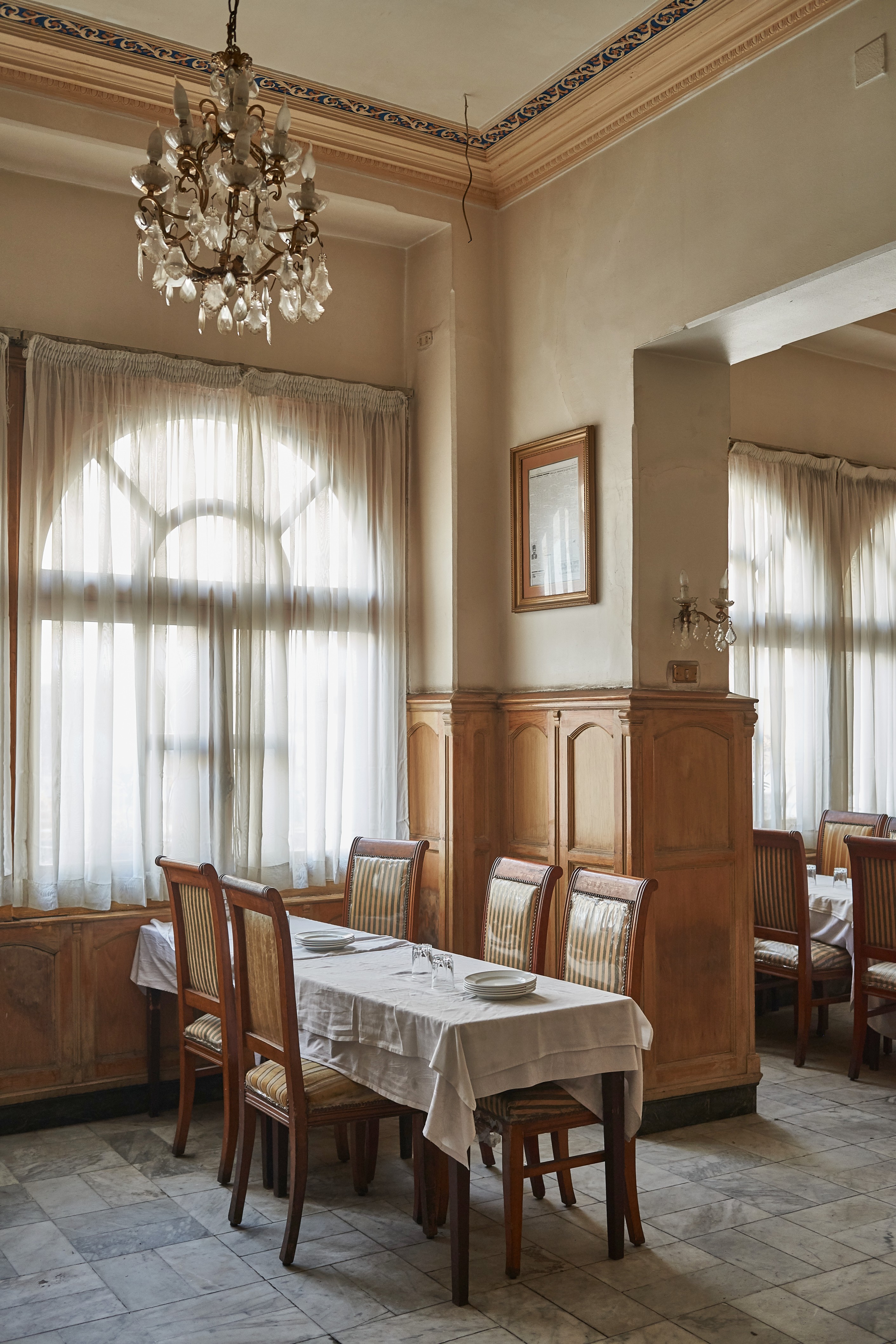 “We jumped off the cliff and grabbed the parachute on the way down. Downtown Cairo never died, it just changed and we’ve been lucky that it wasn’t just us who were focused on it. Society as a whole has been changing in the past years,” he says, referring to how Egyptians have started embracing their own narrative across various fields. “Our work coincided with a movement towards a true Egyptian culture. This has been at the heart of everything.”
“We jumped off the cliff and grabbed the parachute on the way down. Downtown Cairo never died, it just changed and we’ve been lucky that it wasn’t just us who were focused on it. Society as a whole has been changing in the past years,” he says, referring to how Egyptians have started embracing their own narrative across various fields. “Our work coincided with a movement towards a true Egyptian culture. This has been at the heart of everything.”
 Aside from refurbishing buildings, Al Ismaelia is known for more than brick and mortar. At the heart of their work is the revival of an urban model. “I’ve lived in Zamalek, Mohandissen and Heliopolis, yet I noticed that I feel most comfortable in Downtown Cairo,” El Shafei says. “Until recently, I didn’t know the reason why.” According to El Shafei, every neighbourhood in Egypt has its own people dictating its lifestyle, from Sayeda Zeinab to Katameya Heights, but no one owns Downtown Cairo. As such, it belongs to everyone. “It fits the ethos of our company to rely on arts and culture to drive people back to downtown.”
Aside from refurbishing buildings, Al Ismaelia is known for more than brick and mortar. At the heart of their work is the revival of an urban model. “I’ve lived in Zamalek, Mohandissen and Heliopolis, yet I noticed that I feel most comfortable in Downtown Cairo,” El Shafei says. “Until recently, I didn’t know the reason why.” According to El Shafei, every neighbourhood in Egypt has its own people dictating its lifestyle, from Sayeda Zeinab to Katameya Heights, but no one owns Downtown Cairo. As such, it belongs to everyone. “It fits the ethos of our company to rely on arts and culture to drive people back to downtown.”
Guardians of Downtown - Karim El Hayawan
-5619e5f1-5a32-4d9c-98f0-6f6d39f824a0.jpg) “I have an on-going joke with Karim El Shafei that whenever I would photograph a door he would say, ‘That’s mine’,” Karim El Hayawan says, nonchalantly referring to his relationship with Al Ismaelia. “The passion they have for Downtown Cairo is inspiring.” When people started to move from Downtown Cairo, it lost a huge part of its value. This became El Hayawan’s focus. “I thought, well, who decided to stay and not move elsewhere?”
“I have an on-going joke with Karim El Shafei that whenever I would photograph a door he would say, ‘That’s mine’,” Karim El Hayawan says, nonchalantly referring to his relationship with Al Ismaelia. “The passion they have for Downtown Cairo is inspiring.” When people started to move from Downtown Cairo, it lost a huge part of its value. This became El Hayawan’s focus. “I thought, well, who decided to stay and not move elsewhere?”
-e31d78a6-9263-4d5f-afae-40434c9f5f94.jpg) Many intellectuals, cultural figures and artists continue to find their inspiration in Downtown Cairo and remain rooted to the city. “I went on a scout to find those I called the ‘Guardians of Downtown’, who witness everything that happens in it,” he says, referring to the likes of Egyptian artist Huda Lutfi, art director Amgad Naguib, author Galila El Kadi and Catsaros Auction House.
Many intellectuals, cultural figures and artists continue to find their inspiration in Downtown Cairo and remain rooted to the city. “I went on a scout to find those I called the ‘Guardians of Downtown’, who witness everything that happens in it,” he says, referring to the likes of Egyptian artist Huda Lutfi, art director Amgad Naguib, author Galila El Kadi and Catsaros Auction House.
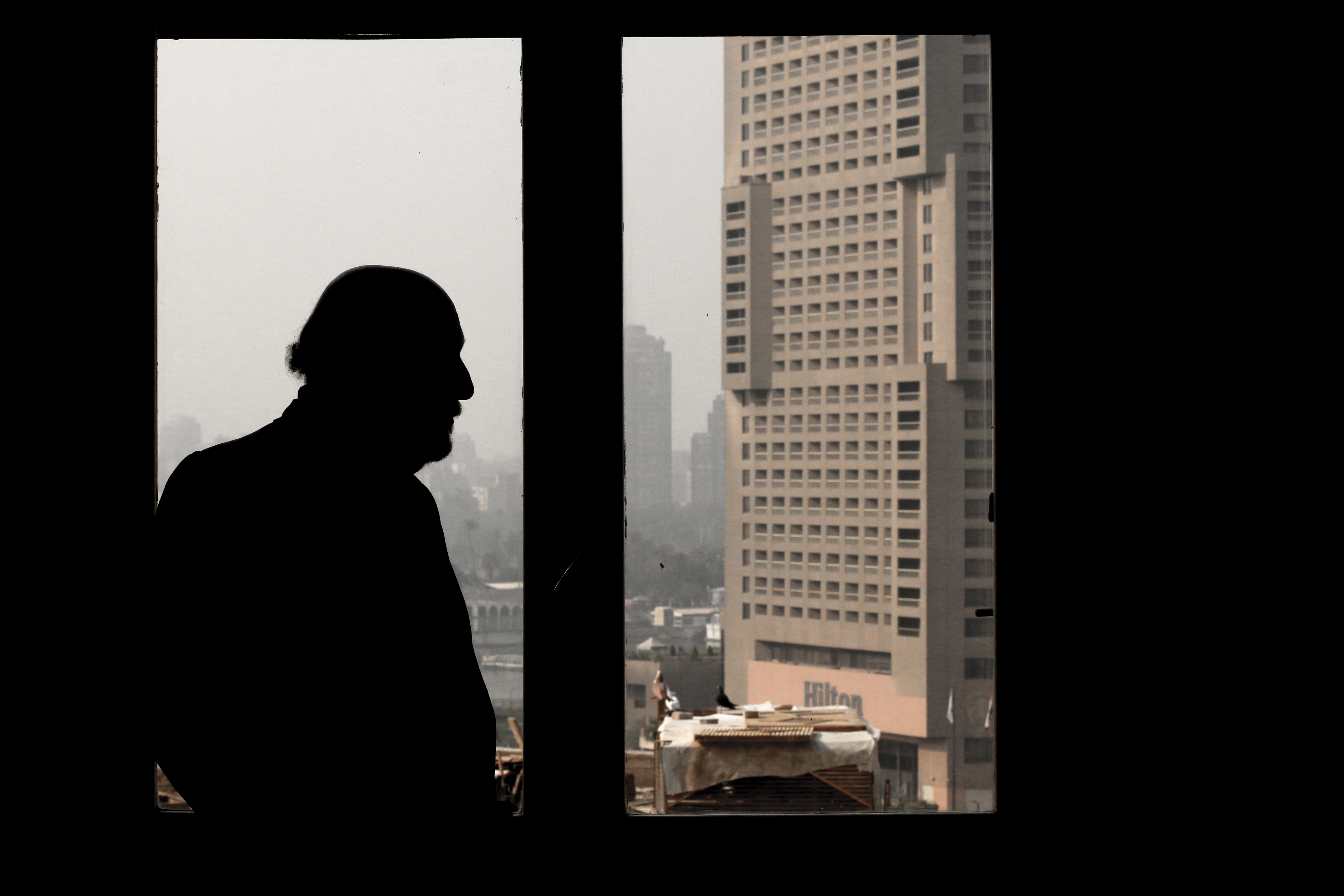 Homes in Downtown Cairo are rich with stories, and they often start at the entrance. Walking into Naguib’s building, for example, El Hayawan recalled that Chant Avedissian, an acclaimed Armenian-Egyptian artist, used to live on the ground floor. “The building, its elevator and staircase all saw many stories. The homeowners are characters that are full of life, art and personality. Their homes have character because they do.”
Homes in Downtown Cairo are rich with stories, and they often start at the entrance. Walking into Naguib’s building, for example, El Hayawan recalled that Chant Avedissian, an acclaimed Armenian-Egyptian artist, used to live on the ground floor. “The building, its elevator and staircase all saw many stories. The homeowners are characters that are full of life, art and personality. Their homes have character because they do.”
-c53ceefc-d909-4c18-8273-31e54aa828ba.jpg) “They are multilayered and are very contemporary in the way they interact and relate to Downtown Cairo,” he says. Walking down Downtown Cairo, you’ll find almost every Egyptian archetype, and those people are the ones keeping it alive. “What they all have in common is an appreciation of their roots. They find inspiration in the bustling reality of Downtown Cairo,” El Hayawan says. “They want to be in the real, the melting that defines Cairo and not just look at it from afar.”
“They are multilayered and are very contemporary in the way they interact and relate to Downtown Cairo,” he says. Walking down Downtown Cairo, you’ll find almost every Egyptian archetype, and those people are the ones keeping it alive. “What they all have in common is an appreciation of their roots. They find inspiration in the bustling reality of Downtown Cairo,” El Hayawan says. “They want to be in the real, the melting that defines Cairo and not just look at it from afar.”
 (1)-ffb1ebaf-f8dc-4be7-a60e-3d0ec73d0998.jpg) This wasn’t necessarily about wanting to distinguish themselves from others, but rather to feed their need to feel connected to something bigger. After all, art speaks to people and if you’re a creative person who's not part of the people it becomes difficult to create something they can relate to. “Our aim was to shed some light on what has been almost lost and found, and what is on the verge of being lost, and tell people, ‘Look, this is important.’.”
This wasn’t necessarily about wanting to distinguish themselves from others, but rather to feed their need to feel connected to something bigger. After all, art speaks to people and if you’re a creative person who's not part of the people it becomes difficult to create something they can relate to. “Our aim was to shed some light on what has been almost lost and found, and what is on the verge of being lost, and tell people, ‘Look, this is important.’.”
Taste of Downtown - Yehia El Alaily
-0b00d0e2-ffd2-49e7-b06b-67f726fd71f2.jpg) Yehia El Alaily’s work covers travel, hospitality and architecture, therefore it was natural for him to focus on spaces. In the book, he photographed Windsor Hotel, Carol Bar, El Haty restaurant and Alfy Bey restaurant. “We all know the iconic venues but I was looking for those not getting enough attention and have many layers of history,” he tells SceneHome. “They all had different themes but what was consistent was their warmth, which they got from the people. People give soul to spaces and make them feel special.”
Yehia El Alaily’s work covers travel, hospitality and architecture, therefore it was natural for him to focus on spaces. In the book, he photographed Windsor Hotel, Carol Bar, El Haty restaurant and Alfy Bey restaurant. “We all know the iconic venues but I was looking for those not getting enough attention and have many layers of history,” he tells SceneHome. “They all had different themes but what was consistent was their warmth, which they got from the people. People give soul to spaces and make them feel special.”
-5053adcb-64fe-4391-8d0a-ccf13351786b.jpg) Most of these places have been operating for about a century, yet it still came as a surprise when El Alaily learned that Alfy Bey had a chef who had been working there for 55 years. There’s a portrait depicting him in the book, along with an image of picture frames covering the five generations that have passed through. “It hasn’t changed at all, not a single nail was hammered into the space,” El Alaily says. “Even the menus were from 1915.”
Most of these places have been operating for about a century, yet it still came as a surprise when El Alaily learned that Alfy Bey had a chef who had been working there for 55 years. There’s a portrait depicting him in the book, along with an image of picture frames covering the five generations that have passed through. “It hasn’t changed at all, not a single nail was hammered into the space,” El Alaily says. “Even the menus were from 1915.”
-d8358cd2-4b45-4cbb-b72f-6e19d91db331.jpg) El Haty restaurant, on the other hand, doesn’t exist anymore. At least not with the same unique visuals photographed by El Alaily. “Its interior was covered with calligraphy and each artwork had the artist’s signature on it,” he recalls. “It was sad to learn that they no longer exist.” Although, in a sense, they still do - the photograph stands as an example of the book’s purpose, preserving and archiving the living memory of these buildings.
El Haty restaurant, on the other hand, doesn’t exist anymore. At least not with the same unique visuals photographed by El Alaily. “Its interior was covered with calligraphy and each artwork had the artist’s signature on it,” he recalls. “It was sad to learn that they no longer exist.” Although, in a sense, they still do - the photograph stands as an example of the book’s purpose, preserving and archiving the living memory of these buildings.
-49dbb2f9-9dd2-4c76-b31a-9be76f0bda48.jpg) Carol Bar featured a curvature in its design that neatly wrapped everything together in a smooth frame. “It was really close to me because the owner, Tarek El Marassafy, who passed away a year after the photograph was taken, had too many stories to tell about the space.”
Carol Bar featured a curvature in its design that neatly wrapped everything together in a smooth frame. “It was really close to me because the owner, Tarek El Marassafy, who passed away a year after the photograph was taken, had too many stories to tell about the space.”
“Downtown Cairo is the heart of the city. I mean, this is Cairo,” El Alaily adds. “The suburbs are cool but we need to highlight our heritage, which is clear in Downtown Cairo, in its architecture and people.”
Downtown Cairo Broadway - Bilo Hussein
-ef237fcb-8a55-47cc-b6ff-ae978a5e259c.jpg) “I used to often come as a child to visit my great grandmother who lived in Downtown Cairo,” Bilo Hussein shares. “I always heard stories about how nice it used to be, how you could walk around to restaurants and movie theatres. I didn’t really get to see it, I only heard of it.” Hussein would remember old television advertisements about shows held in Downtown Cairo, which sparked an early fascination she had with plays and theatre.
“I used to often come as a child to visit my great grandmother who lived in Downtown Cairo,” Bilo Hussein shares. “I always heard stories about how nice it used to be, how you could walk around to restaurants and movie theatres. I didn’t really get to see it, I only heard of it.” Hussein would remember old television advertisements about shows held in Downtown Cairo, which sparked an early fascination she had with plays and theatre.
-4d371cb5-c66e-4a82-b8ba-5c59b42ba6eb.jpg) Cosmopolitan cities always have a destination that hosts shows and attracts tourists, something that Hussein experienced while living in New York and London. Pointing at Kasr El Nile theatre, which she had documented in the book, Hussein says, “It hit me that we had the same thing in Broadway, where people would come from around the region to watch shows and musical theatres.” Just like Broadway or West End, Kasr El Nile was the place to be if you wanted to bear witness to some of the city’s most iconic cultural nights, such as Umm Kulthum’s legendary concerts.
Cosmopolitan cities always have a destination that hosts shows and attracts tourists, something that Hussein experienced while living in New York and London. Pointing at Kasr El Nile theatre, which she had documented in the book, Hussein says, “It hit me that we had the same thing in Broadway, where people would come from around the region to watch shows and musical theatres.” Just like Broadway or West End, Kasr El Nile was the place to be if you wanted to bear witness to some of the city’s most iconic cultural nights, such as Umm Kulthum’s legendary concerts.
-750f5f72-d25e-4ee2-bef8-6b474ff0dffa.jpg) “The reason I went with theatres wasn’t just because of my love for plays. Art has long been an identifying characteristic of Egyptians,” Hussein says. “Creative work attracts people to come and visit us.”
“The reason I went with theatres wasn’t just because of my love for plays. Art has long been an identifying characteristic of Egyptians,” Hussein says. “Creative work attracts people to come and visit us.”
-451e7e52-cbd5-4a0e-84ee-817a17e037a0.jpg) For some time, Downtown Cairo had that theatre experience revitalised. “I remember when Abla Fahita was held at Cinema Radio,” Hussein says. “We would dress up and walk through Downtown Cairo before having dinner somewhere, it was a full experience. Now, the show is no longer in the city and it’s not the same.”
For some time, Downtown Cairo had that theatre experience revitalised. “I remember when Abla Fahita was held at Cinema Radio,” Hussein says. “We would dress up and walk through Downtown Cairo before having dinner somewhere, it was a full experience. Now, the show is no longer in the city and it’s not the same.”
-bf39512b-822a-4d81-a5e9-d9eecb6dcd97.jpg) There’s a popular genre in photography that focuses on abandoned places. As it turned out, there are plenty of those in Downtown Cairo. “Usually there are open windows that provide natural light which we use to give an impression of silence or eeriness but in theatres that’s not the case,” Hussein explains. “I had to work with ambient lighting which dramatised the images with harsh shadows. I tried to focus on the deterioration and damage. It was an empty hall waiting to come to life again.”
There’s a popular genre in photography that focuses on abandoned places. As it turned out, there are plenty of those in Downtown Cairo. “Usually there are open windows that provide natural light which we use to give an impression of silence or eeriness but in theatres that’s not the case,” Hussein explains. “I had to work with ambient lighting which dramatised the images with harsh shadows. I tried to focus on the deterioration and damage. It was an empty hall waiting to come to life again.”
 (1)-b7945a0b-1620-46bb-8b4b-fc0bf4dff508.jpg) Leather chairs were covered in dust, the stage was run down, and in one of the photographs, Hussein zoomed out to show the grandiose scene. “It was a mix of grandeur and sadness,” she says. After shooting Kasr El Nile theatre, Hussein learned that there are plans to reopen it. “You don’t get chairs with such craftsmanship anymore. Their expensive material tells of the value once given to theatres,” Hussein explains, referring to a close up image of a chair that has been covered with the dust of neglect and has traces of human fingerprints. “These are valuable locations with a lot of history.”
Leather chairs were covered in dust, the stage was run down, and in one of the photographs, Hussein zoomed out to show the grandiose scene. “It was a mix of grandeur and sadness,” she says. After shooting Kasr El Nile theatre, Hussein learned that there are plans to reopen it. “You don’t get chairs with such craftsmanship anymore. Their expensive material tells of the value once given to theatres,” Hussein explains, referring to a close up image of a chair that has been covered with the dust of neglect and has traces of human fingerprints. “These are valuable locations with a lot of history.”
Full Circle - Catsaros Auction House
-37345b1d-bcde-48a3-94d0-2c423c74882d.jpg) While Catsaros Auction House was featured in ‘Guardians of Downtown’, it had another role to play in the book’s journey. It hosted the book signing event on February 18,th 2023, which received a significant amount of reception, something the book’s participants hadn’t anticipated. “The book took eight years to complete and I didn’t even tell my family because I thought only the people working on it were interested,” Hussein says. “It made me realise that many people want Downtown Cairo to be at the centre again.”
While Catsaros Auction House was featured in ‘Guardians of Downtown’, it had another role to play in the book’s journey. It hosted the book signing event on February 18,th 2023, which received a significant amount of reception, something the book’s participants hadn’t anticipated. “The book took eight years to complete and I didn’t even tell my family because I thought only the people working on it were interested,” Hussein says. “It made me realise that many people want Downtown Cairo to be at the centre again.” Catsaros hosted ambassadors, designers, artists and many creative minds, who rushed to make sure they were there. The book drew a lot of anticipation in the many years of its creation, and by drawing the hefty number of people who showed up to get their hands on one of its copies, it achieved its goal. “A friend told me, ‘I haven’t been here in 10 years’,” El Hayawan says. “It came full circle. Catsaros was photographed in the book, and by holding the book signing there people were drawn to see it in real life. Our goal is to engage with Downtown Cairo, to collect memories and make new ones.”
Catsaros hosted ambassadors, designers, artists and many creative minds, who rushed to make sure they were there. The book drew a lot of anticipation in the many years of its creation, and by drawing the hefty number of people who showed up to get their hands on one of its copies, it achieved its goal. “A friend told me, ‘I haven’t been here in 10 years’,” El Hayawan says. “It came full circle. Catsaros was photographed in the book, and by holding the book signing there people were drawn to see it in real life. Our goal is to engage with Downtown Cairo, to collect memories and make new ones.”
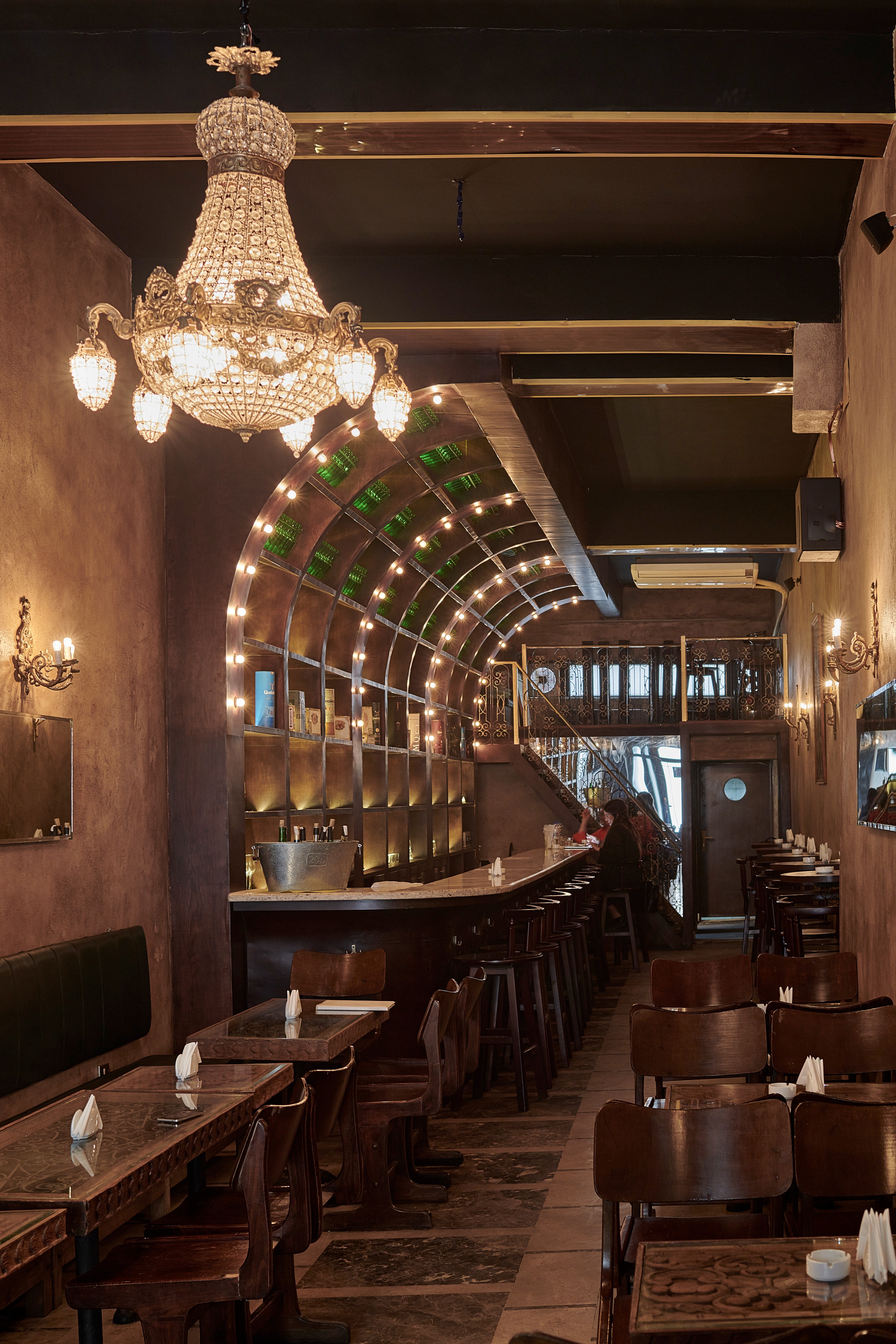 As for El Shafei, he hopes that the book manages to propel the ‘intangible heritage’ of downtown into the future. It’s in the very nature of their work to bridge the past, present and future. The book signing represented a milestone towards that goal. “All the work we’ve been doing for years came together at once and I think a major psychological barrier has been broken,” El Shafei says. “The book was published at the right time, when people are hungry for an urban experience.”
As for El Shafei, he hopes that the book manages to propel the ‘intangible heritage’ of downtown into the future. It’s in the very nature of their work to bridge the past, present and future. The book signing represented a milestone towards that goal. “All the work we’ve been doing for years came together at once and I think a major psychological barrier has been broken,” El Shafei says. “The book was published at the right time, when people are hungry for an urban experience.”
‘Downtown Cairo: The Stories and the Stories Within’ is currently available at Dar Al Shorouk.
Photography Credit: Images from ‘Downtown Cairo: The Stories and the Stories Within’ are courtesy of Dar Al Shorouk.
- Previous Article The Enduring Charm of Jeddah’s Old Town of Al Balad
- Next Article Moraya Residence Sets Benchmark for Urban Life in Egypt’s New Capital





